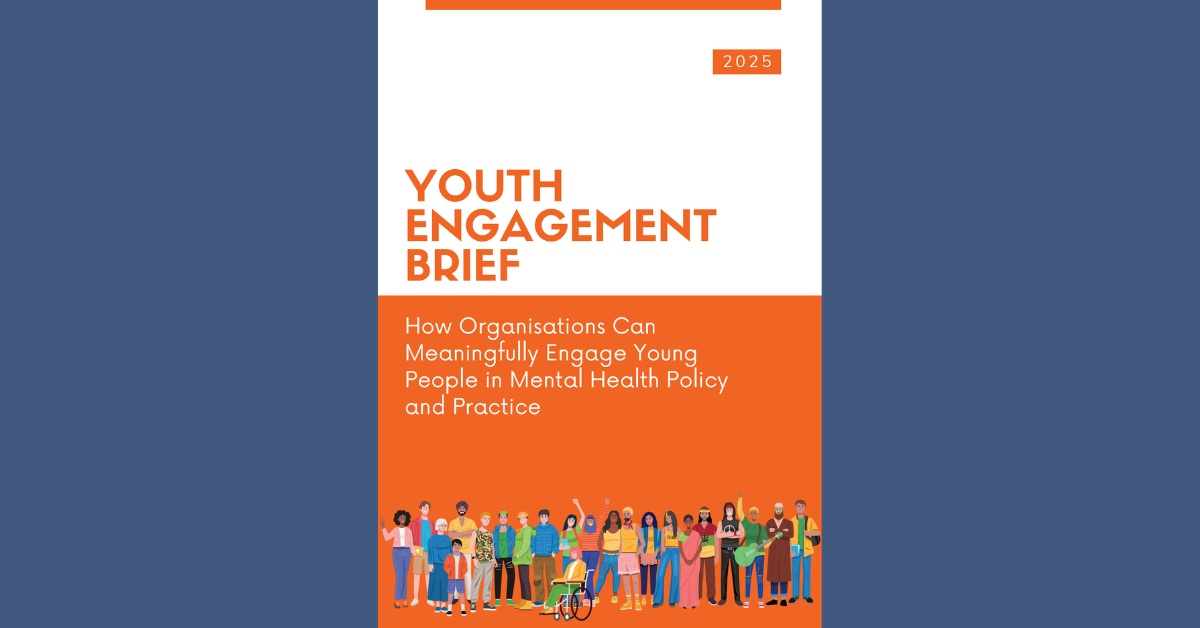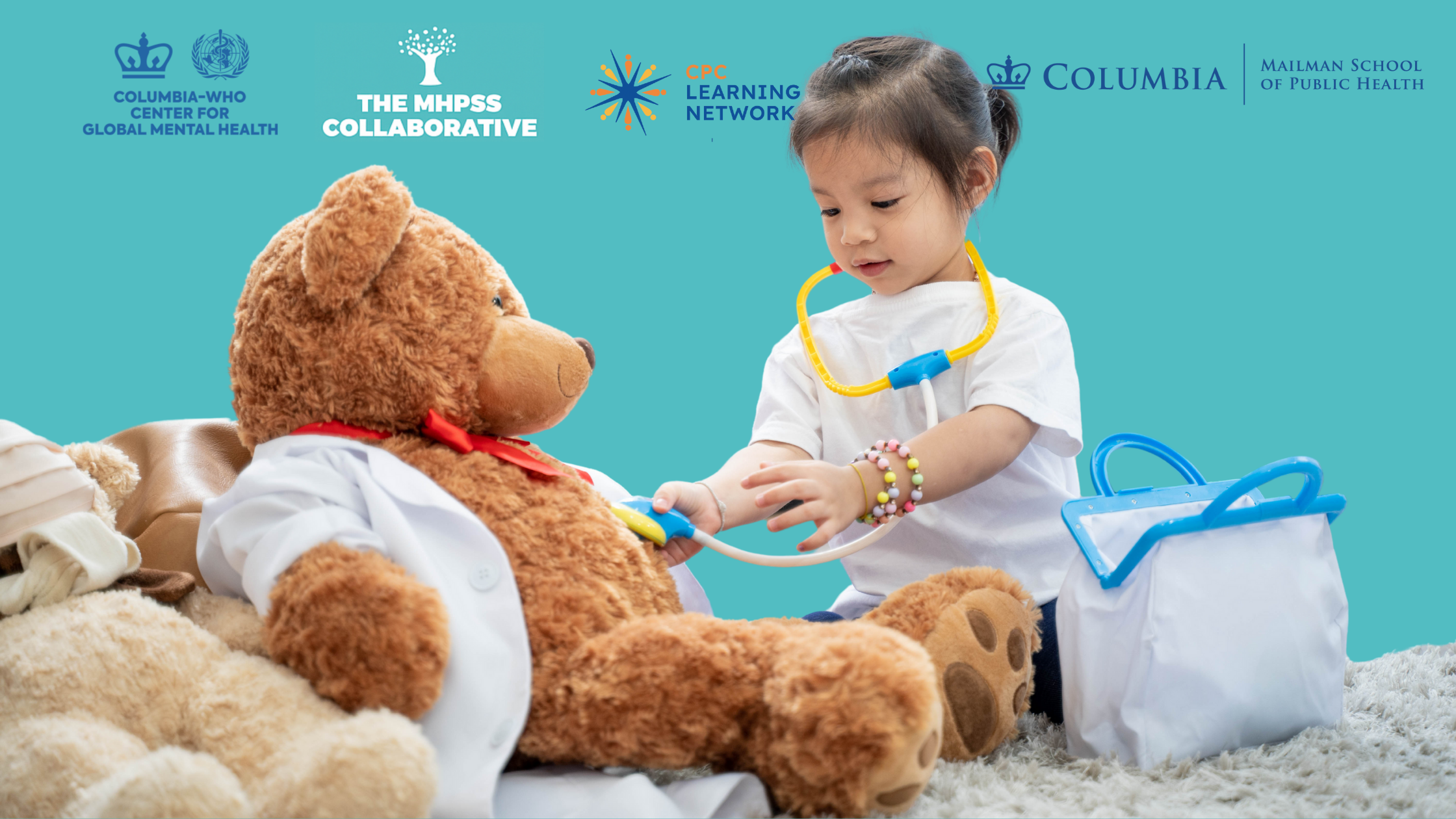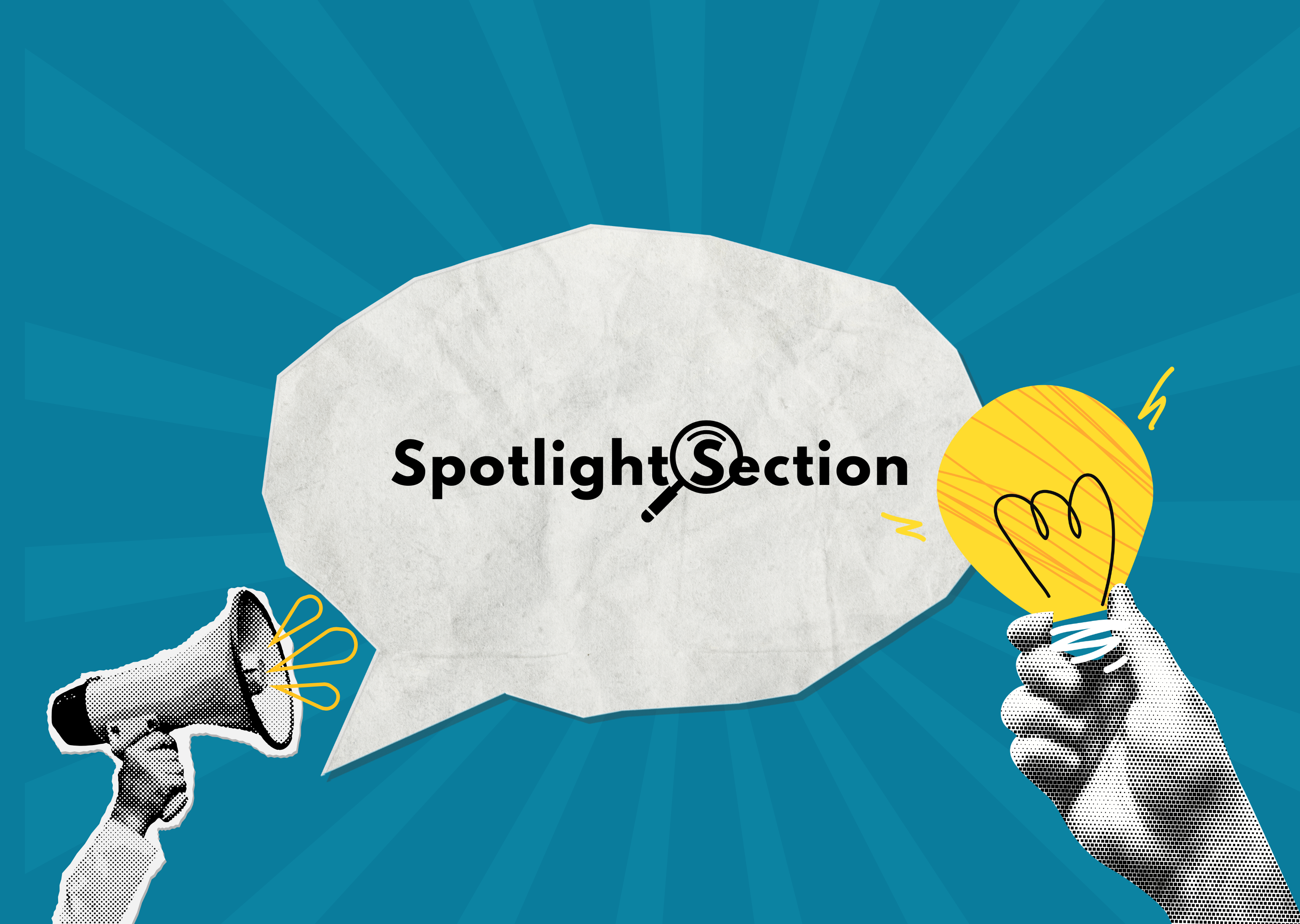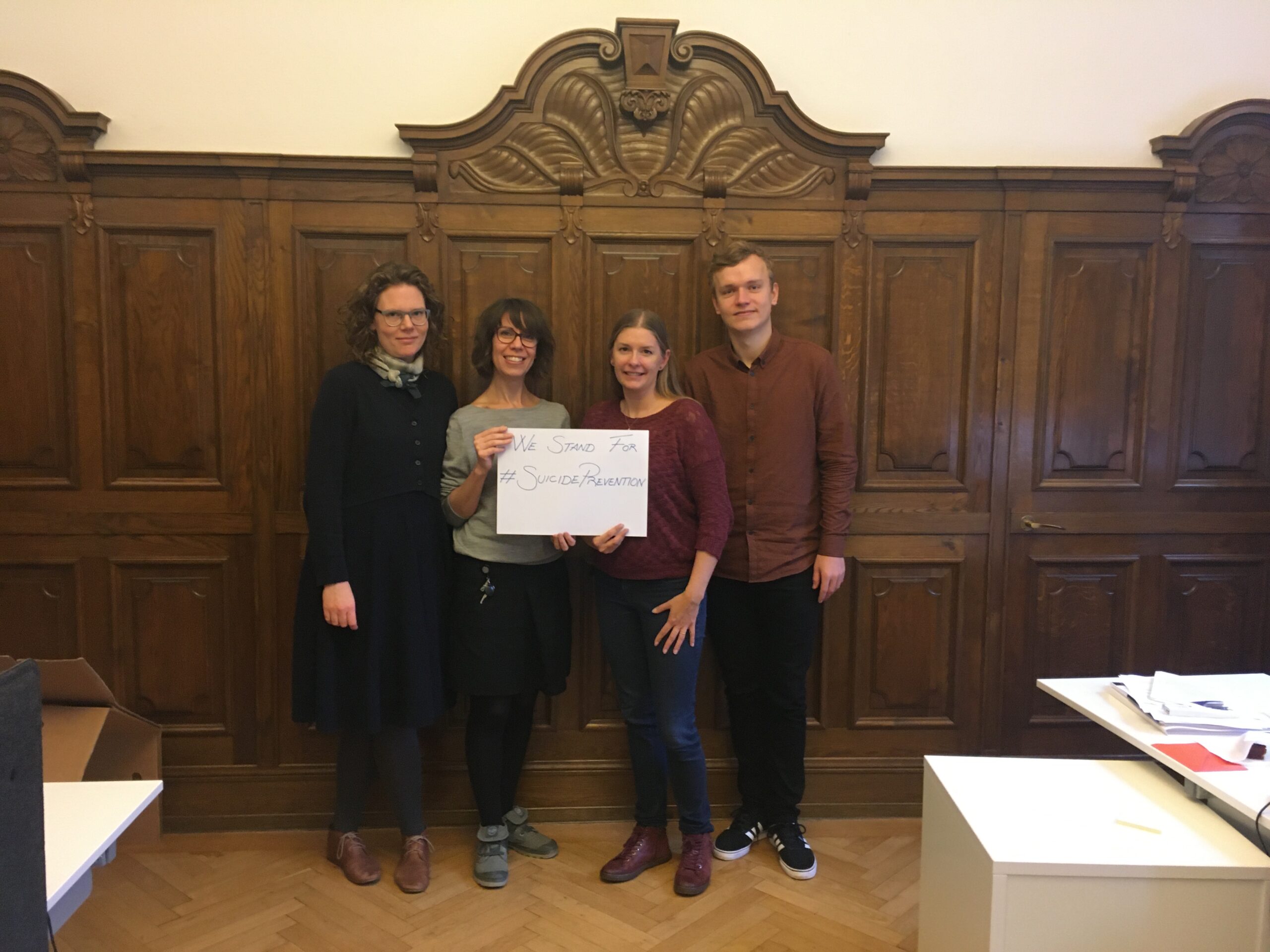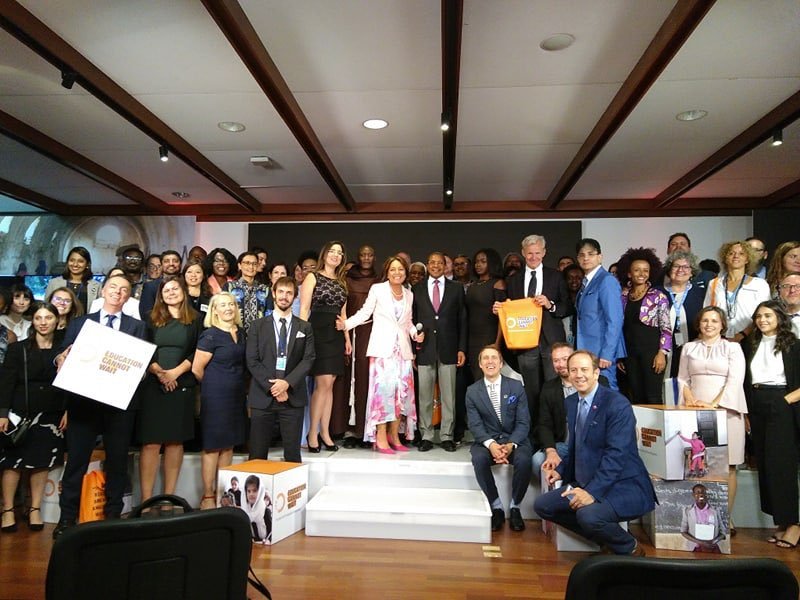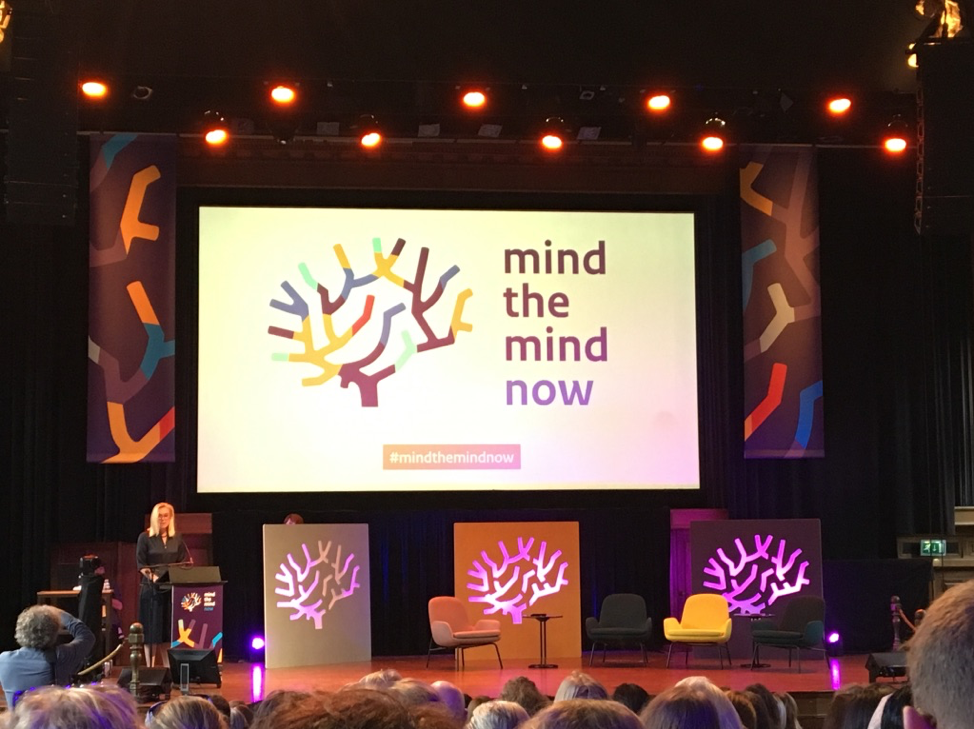By Dr. Victor Ugo, Senior Technical Advisor, MHPSS Collaborative
Today, on International Youth Day, we celebrate the launch of Creating Pathways to Youth Involvement in the High-Level Meeting on NCDs and Mental Health.
While I had the privilege of supporting this initiative on behalf of the MHPSS Collaborative, let me be clear: this is fundamentally the work of youth advocates themselves. Reflecting on the process, I am struck by the profound leadership, vision, and determination of the young leaders who co-created this guide from the ground up.
The upcoming Fourth UN High-Level Meeting on NCDs and Mental Health in September 2025 represents a critical juncture for global health. For the outcomes to be effective and lasting, youth voices are not just beneficial; they are essential.
I have seen too many initiatives that claim to engage young people while keeping them at the periphery, treating them as consultees rather than creators. What makes this work exceptional is how it dismantles that old model. It genuinely centres youth as architects and decision-makers.
As youth advocate Alexandra Romero Vidal powerfully stated in her recent reflections, the goal was clear: “We weren’t there just to observe, we were there to contribute, think critically, share our perspectives, and advocate for the beliefs, values and communities we care about. […] This was not just a moment of learning, but a step into action.”
This sentiment is the heart of the brief. It provides organizations with practical tools to move beyond tokenism, outlining a spectrum of engagement from basic information sharing to full youth empowerment, with concrete examples for each level. Most importantly, it confronts the systemic barriers that have historically excluded youth from meaningful participation, such as unclear roles, unpaid work, and bureaucratic hurdles.
The brief champions a shift in mindset, urging organizations to adopt practices that truly empower young people. It calls on all of us to:
- Focus on youth-led implementation, not just participation, ensuring young people shape how policies unfold in practice.
- Commit to the genuine co-creation of policy and implementation tools from the very beginning, making youth partners in drafting solutions.
- Get creative by supporting youth to integrate mental health advocacy into existing education, justice, and community structures.
- Recognize that one size does not fit all by tailoring every approach to local cultural contexts and governance structures.
- Move beyond short-term projects by demanding long-term, sustainable funding and demonstrating the clear impact of youth-led work.
- Build powerful networks that cross different sectors to amplify the impact of advocacy and implementation efforts.
- Invest in building policy literacy, creating training that equips young advocates with the knowledge to navigate complex systems effectively.
As we approach this pivotal moment in global health, I am energized by the leadership these young advocates have shown. They have given us more than a guide; they have sparked a movement toward authentic partnership. It is a movement that will not only shape the road to the High-Level Meeting but will also define our collective future.
